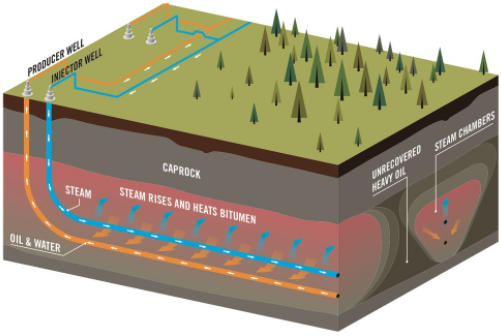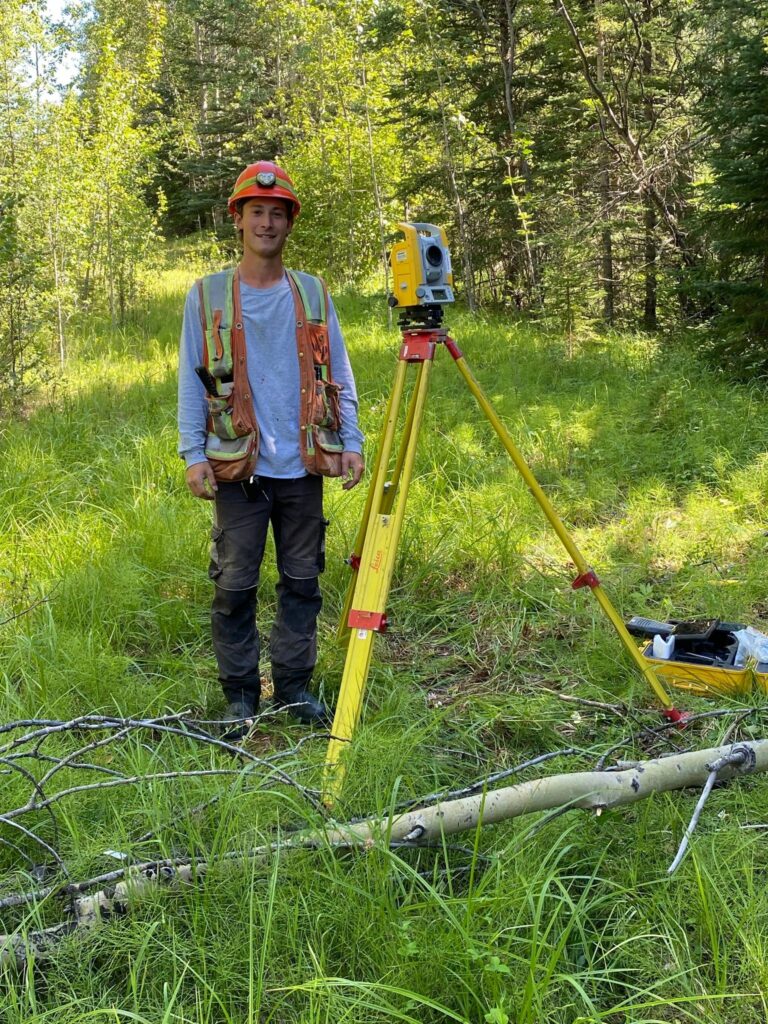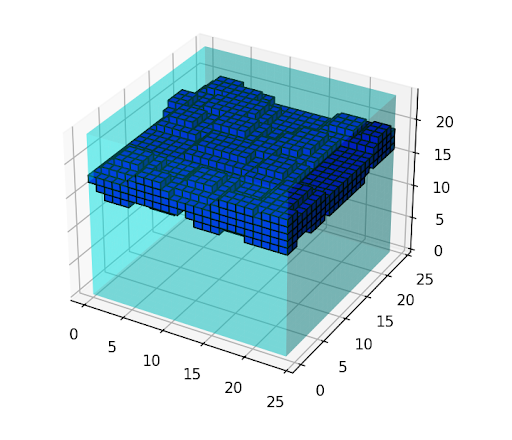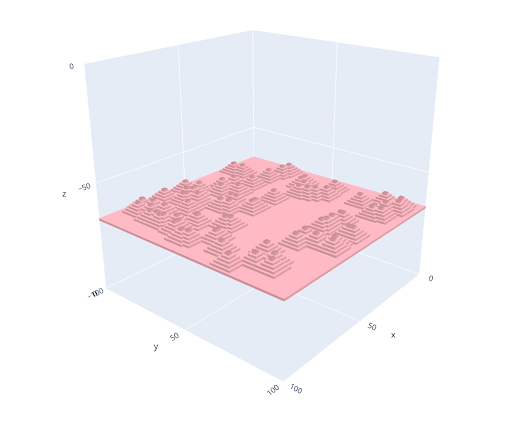Project Category: Geomatics
Join our presentation
About our project
The Viper Well Optimal Location Assessment aims to optimize the extraction rates and increase the solvent-to-oil ratios of the existing bitumen extraction procedure known as Steam-Assisted Gravity Drainage (SAGD).

Viper Well is an infrastructure designed by ConocoPhillips which is set up parallel to existing SAGD infrastructures using Horizontal Directional Drilling (HDD). From the primary bore, several shorter leg are extended downwards with the goal of permeating the complex geologies and hard rocks to allow the trapped bitumen to flow freely to the extraction line of the SAGD operation.
The Cost: $100,000 / leg
As Geomatics Engineering students, our primary goal has been to integrate geomatics solutions to locate the most optimal locations for the legs to permeate the complex geologies in order to maximize the extraction rates while keeping the costs and the environmental impacts at a minimum. Our tasks included the visualization and analysis of bitumen reservoirs and the complex geologies, accounting for errors associated with the drill trajectory of the primary bore and positioning of the legs by integrating error estimation methods such as tangential, minimal curvature, etc., and calculating the positioning and error ellipses associated with every moving component of the infrastructure at every instant to provide live feedback on the current position of the Viper Well.
Meet our team members




Details about our design
HOW OUR DESIGN ADDRESSES PRACTICAL ISSUES
Although Steam-Assisted Gravity Drainage is more optimized and environmental-friendly than the conventional drilling and mining techniques, it requires far more energy from natural gasses to produce a barrel of oil. Additionally, due the existence of complex geologies, the steam-to-oil ratios are heavy impacted as some of the large bitumen formations cannot be accessed and extracted due to the exitance of complex geologies. Our project provides a solution that increases the extraction rates of bitumen which effectively not only increase the steam-to-oil ratio, but also decreases the amount of natural gasses consumed per barrel of oil and makes the bitumen extraction operation more environmentally friendly.
WHAT MAKES OUR DESIGN INNOVATIVE
The design of the Viper Well is innovative in itself as ConocoPhillips is the pioneer of this infrastructure and holds the patent to it. With the Viper Well, the feasibility and efficiency of SAGD operations in complex and low permeability bitumen reservoirs can be increased to ensure higher production rates while reducing the consumption of energy from natural gasses. Our project, the Optimal Location Assessment can be considered innovative as we have tried to integrate geomatics engineering solutions to solve a problem in the Oil and Gas industry.
WHAT MAKES OUR DESIGN SOLUTION EFFECTIVE
Our algorithm is dynamic meaning that it is designed so that it detects the most optimal locations for the viper legs based on any reservoir configuration. By integrating various error estimation methods such as Tangential, Balanced Tangential, Minimal Curvature, and Angle Averaging alongside each other, we ensure that the derived values are reliable and precise. Furthermore, our program provides an interactive interface as well as visualizations of the primary attributes of the reservoir and the infrastructure that are easy to follow.
HOW WE VALIDATED OUR DESIGN SOLUTION
Given that the Viper Well Operation is new and there are no official open source reports that can be found on the operation, in order to validate our design solution, we obtained the datasets from existing SAGD operation reports and we simulated the drilling path of the SAGD line using our code. We then evaluated the acquired results by comparing them to the official values in the report. This process was repeated and various adjustments were made until the deviation between our results and the official results reached an acceptable threshold.
FEASIBILITY OF OUR DESIGN SOLUTION
Steam-Assisted Gravity Drainage (SAGD) operations have not been feasible for complex low permeability geologies, such as Inclined Heterolithic Stratification (IHS) formations. However, our design solution, Viper Well Optimal Location Assessment, creates the opportunity which allows us to drill through complex geologies by using Horizontal Directional Drilling (HDD) to allow the softened bitumen to flow downwards and towards the collection line of the SAGD operation within the limit of the constraints. The constraints include the number of wellbore legs, total cost, and time. Moreover, an accurate and precise analysis of the reservoir, the location where a permeation in the complex geologies would be most beneficial, and the drilling location will be required to make the solution more feasible.
Partners and mentors
We want to thank the people who helped us with this project. Our geomatics engineering professor Michael J Collins who instructed the geomatics capstone course, coordinated the geomatics projects, and provided feedback on the project management aspect. And, our Advisor Alex Filstein from ConocoPhillips whose feedback and guidance has been extremely crucial and invaluable.


Our photo gallery



References
- R. P. Harvey, J. E. Walstrom, and H. D. Eddy, “A mathematical analysis of errors in directional survey calculations,” Journal of Petroleum Technology, vol. 23, no. 11, pp. 1368–1374, 1971.
- C. J. M. Wolff and J. P. de Wardt, “Borehole position uncertainty – analysis of measuring methods and derivation of systematic error model,” Journal of Petroleum Technology, vol. 33, no. 12, pp. 2338–2350, 1981.
- T. Torkildsen, S. T. Håvardstein, J. L. Weston, and R. Ekseth, “Prediction of wellbore position accuracy when surveyed with Gyroscopic Tools,” All Days, 2004.
